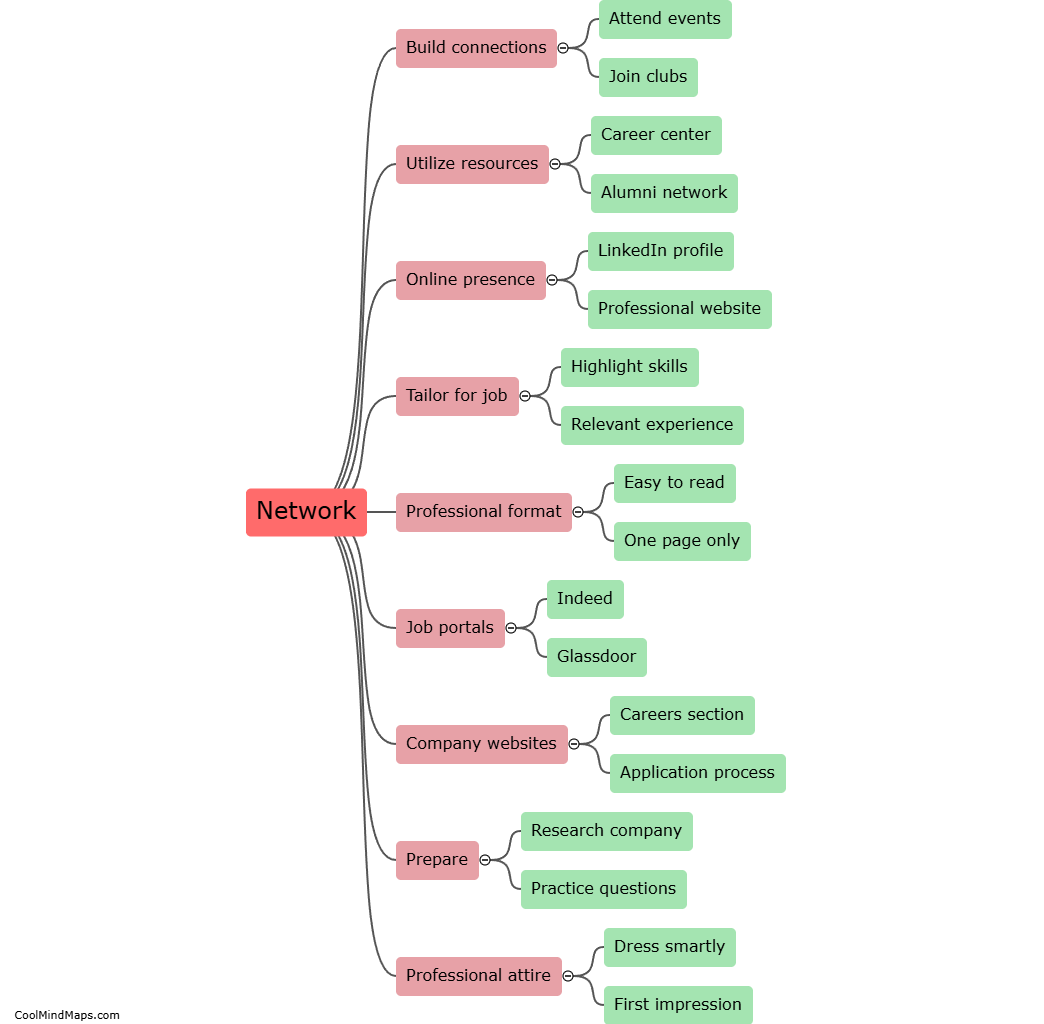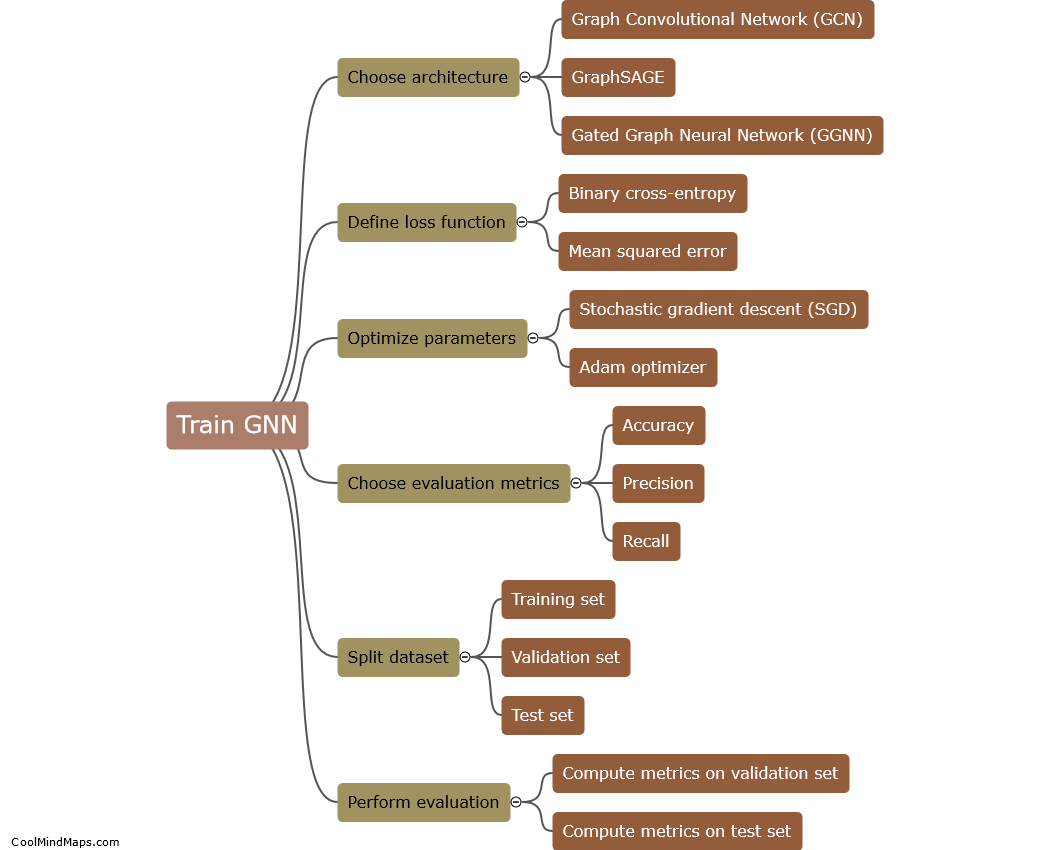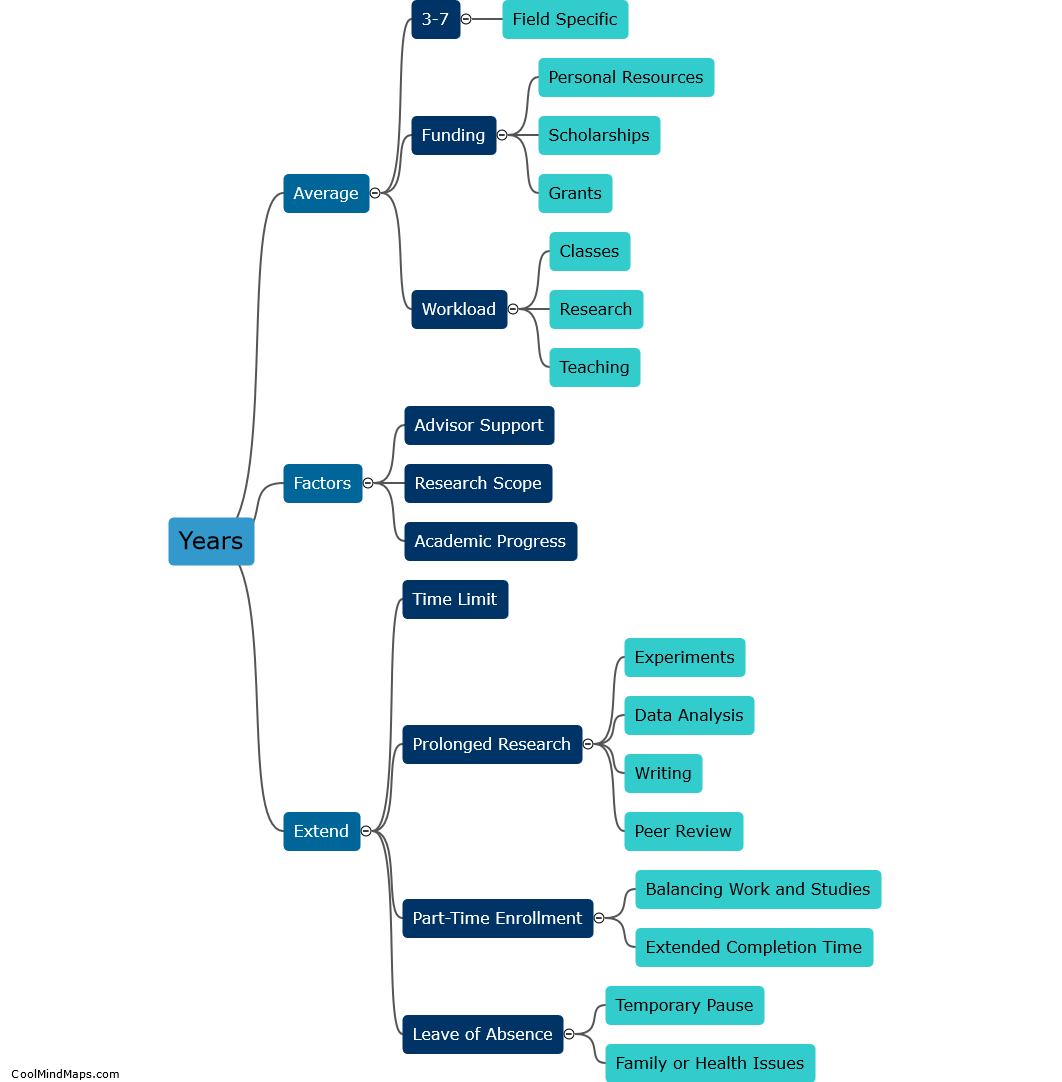How do graph neural networks handle structured data?
Graph neural networks (GNNs) are a type of machine learning model specially designed to handle structured data represented by graphs. Unlike traditional neural networks that process tabular or sequential data, GNNs take into account the relational dependencies among interconnected elements. They operate directly on graph structures, where nodes represent entities and edges indicate their relationships. GNNs utilize message passing techniques, enabling information exchange between connected entities to capture local and global patterns within the graph. By iteratively aggregating and updating information from neighboring nodes, GNNs can learn to effectively encode structural information and capture complex dependencies, ultimately enabling powerful predictions and analysis on structured data.

This mind map was published on 20 August 2023 and has been viewed 103 times.











